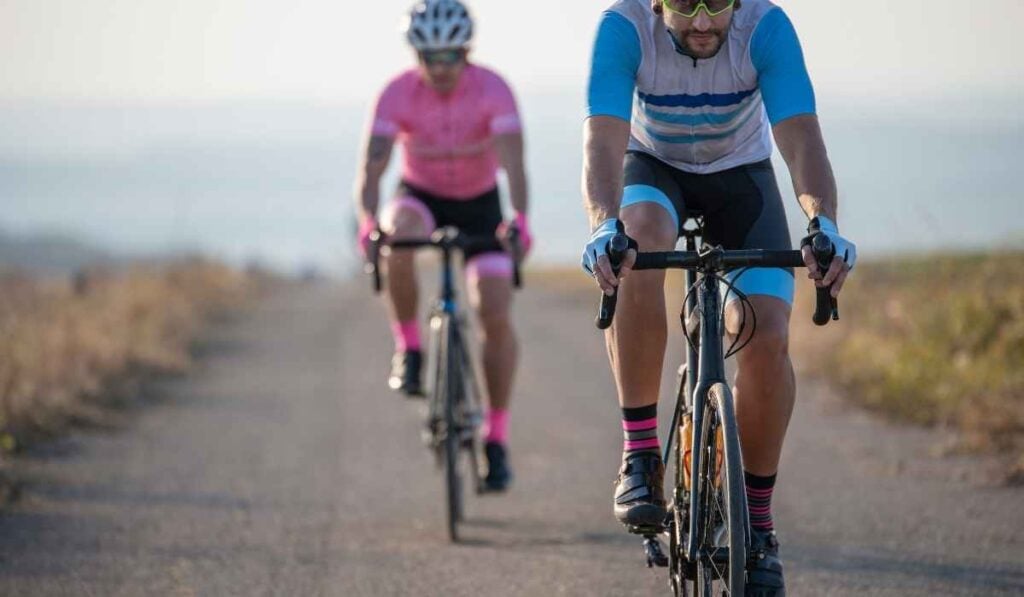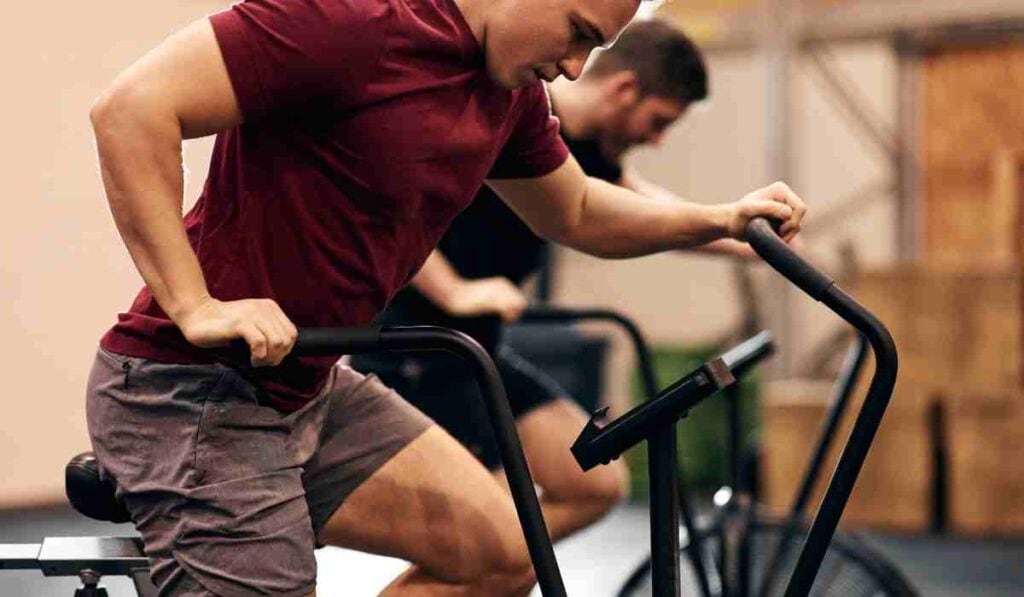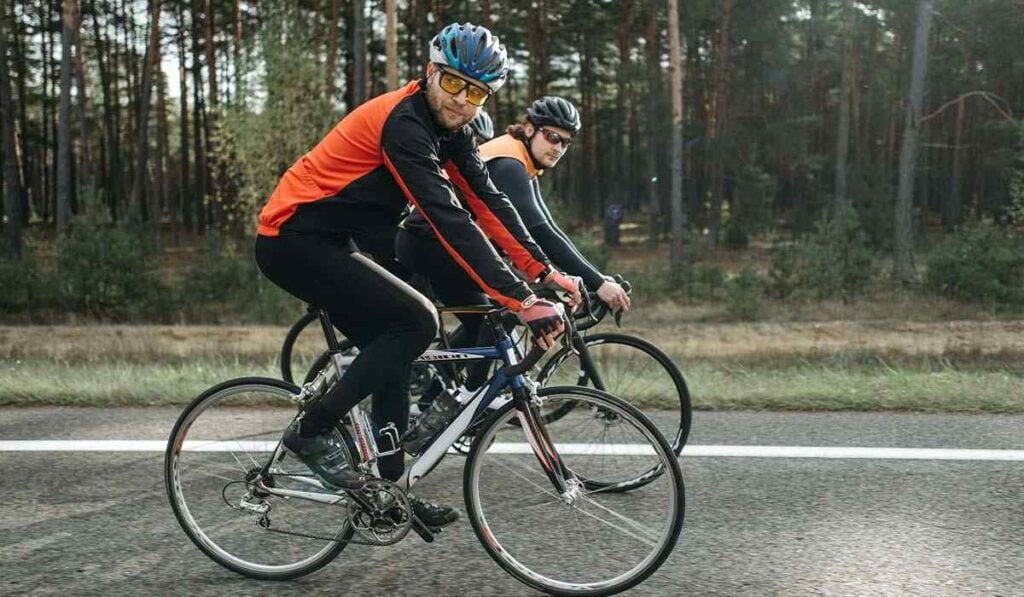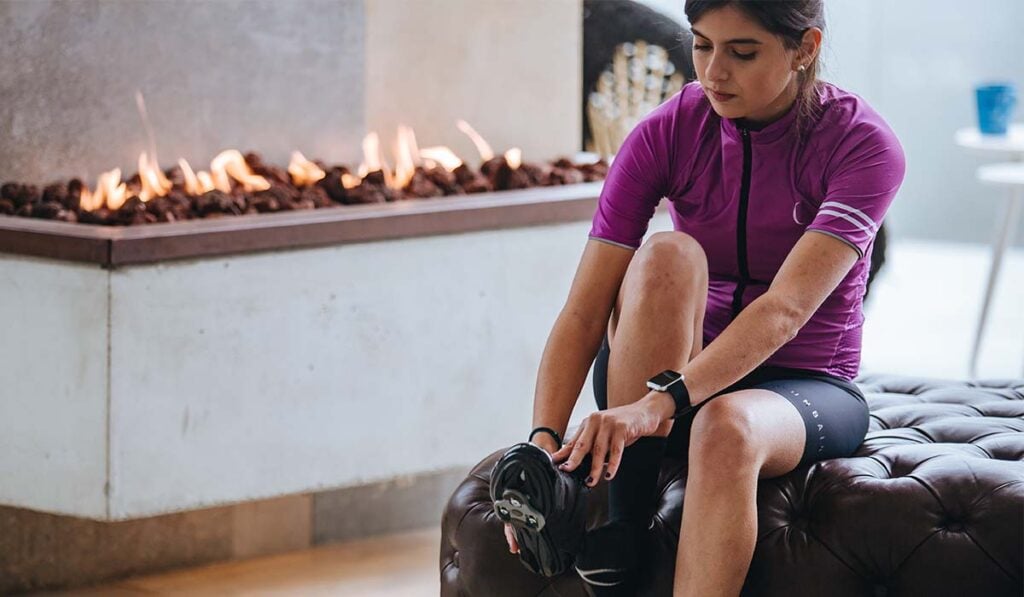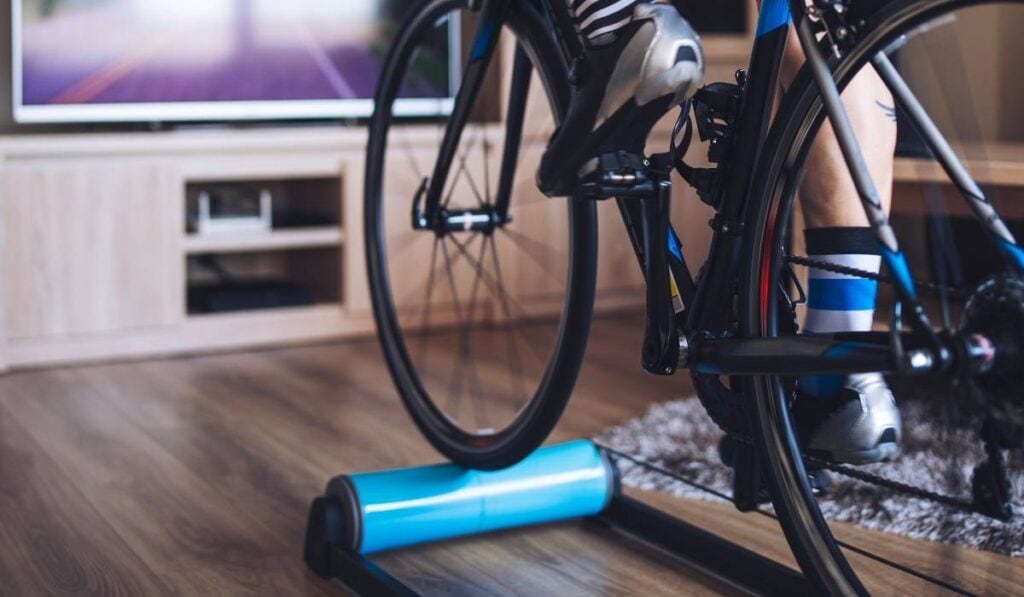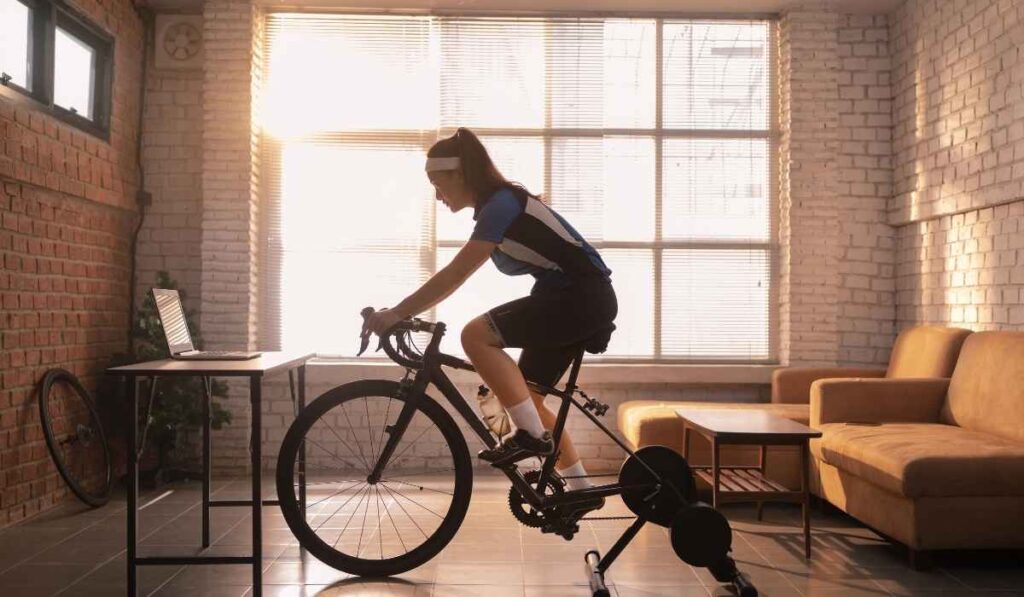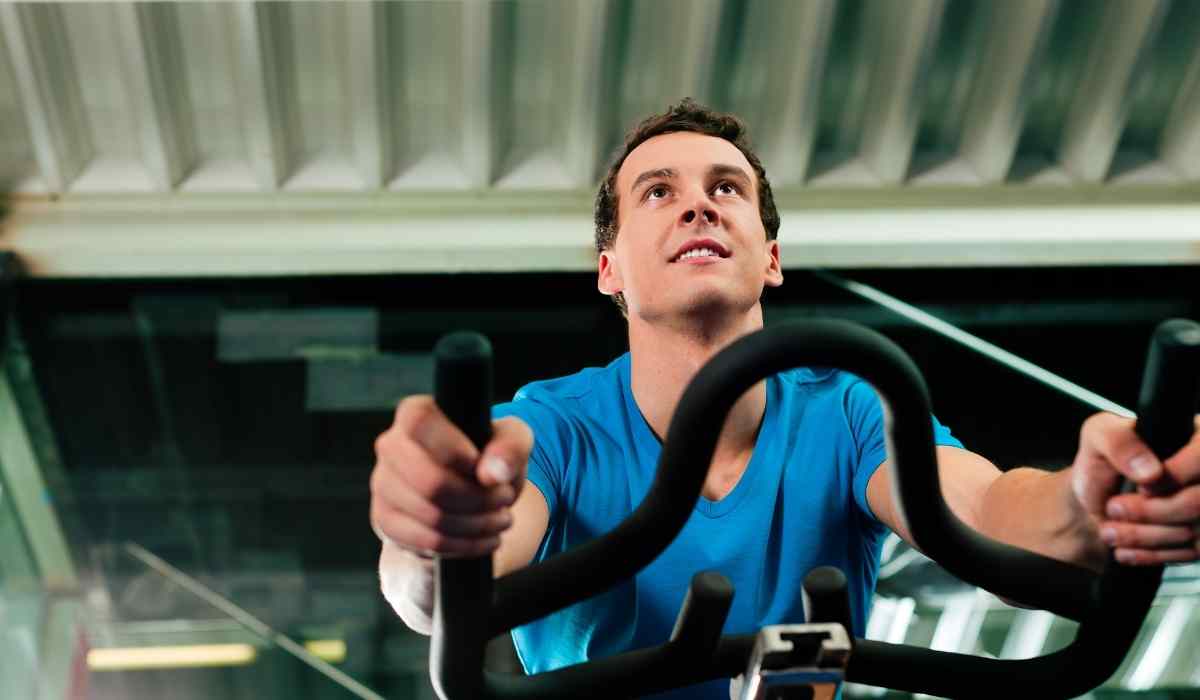
How to Improve Cycling Cadence
The term “cycling cadence” may sound pretty daunting, especially if you’re new to cycling, but understanding what good cadence is for cycling and how it affects your efficiency on the bike will help you become a faster and stronger cyclist. Especially if you plan to ride competitively sometime down the road. So let’s dive right in and discover more about good cycling cadence, what it is, and how to improve your cycling cadence.
What is cycling cadence?
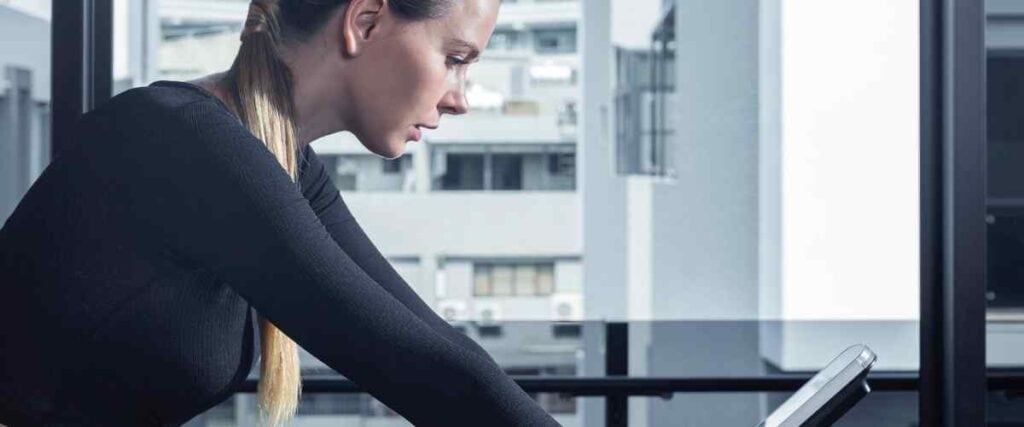
“Cycling cadence“ is the speed at which you turn the pedals on your bike. It’s expressed as the number of revolutions per minute (RPM) you complete at a given rate.
Typically, when biking on a flat surface, a good cadence for cycling is higher because you can bike at a faster rate. On the other hand, if you’re biking up a hill, a good cadence for cycling is much more likely to be lower, as it’s often necessary to pedal slower when you’re working harder to move uphill.
Not surprisingly, professional cyclists have a much higher cycling cadence than amateurs because they develop their muscles and endurance through controlled cycling cadence. But no matter how experienced or inexperienced you are, your cycling cadence still matters, and there are ways to improve your cycling cadence.
Why does cycling cadence matter?
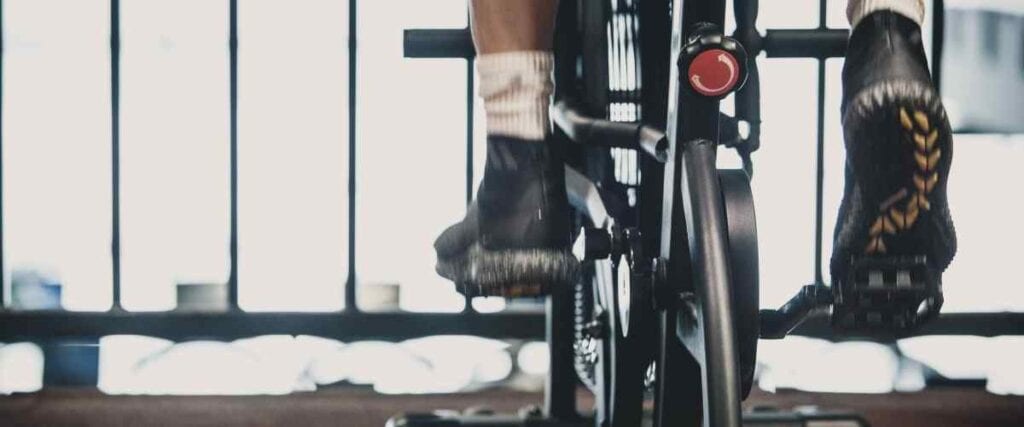
Your good cycling cadence affects your efficiency and power as you cycle. Depending on how fast you push the pedals (your cycling cadence), your power will either increase or decrease.
Biking at a low cycling cadence increases the amount of strain on your muscles. Pedaling at a lower gear also burns more fat because you use more energy to push the pedals. As a result, the strain makes your muscles also likely to tire in just a few minutes.
Comparatively, if you bike extremely fast, you’ll probably wear yourself out much more quickly, reducing your overall efficiency on your bike.
You can become a more efficient cyclist by focusing on your pedaling and perfecting your cycling cadence.
How do I measure cycling cadence?
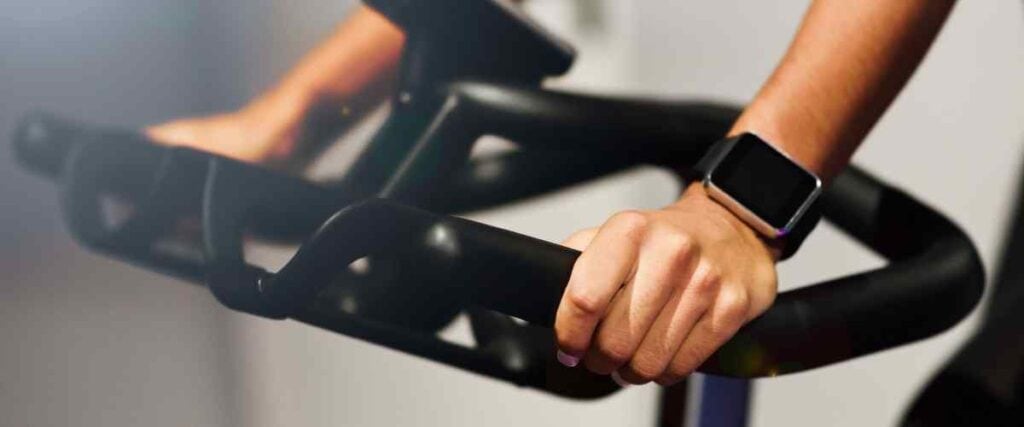
You can easily measure your cycling cadence with a small and inexpensive sensor. Similar to the speedometer in your car or the pedometer a runner might use, a cycling cadence sensor will tell you how quickly you pedal, expressed in rotations per minute. It’s the most accurate way to measure cadence.
You can purchase a cycling cadence sensor online or at your local bike shop, and they’re very easy to attach to your indoor bike. All you have to do is connect it to one of your bike’s crank arms, and you’re good to go! (The crank arms are the levers that your pedals attach to.)
Many cycling cadence sensors also have ANT+ and Bluetooth capabilities, so you can easily connect to your favorite training apps like Vingo for better data collection while riding indoors.
Cycling cadence sensors vary in price depending on the features and brand, but some of the least expensive options are less than $20! If you want to train to become a better cyclist and improve your cycling cadence, getting a cycling cadence sensor is a worthy and valuable investment.
Alternatively, if you have a power meter on your bike, it probably automatically measures your cycling cadence. A power meter is a device that measures how much energy your legs produce on your bike in real-time.
What is good cycling cadence?
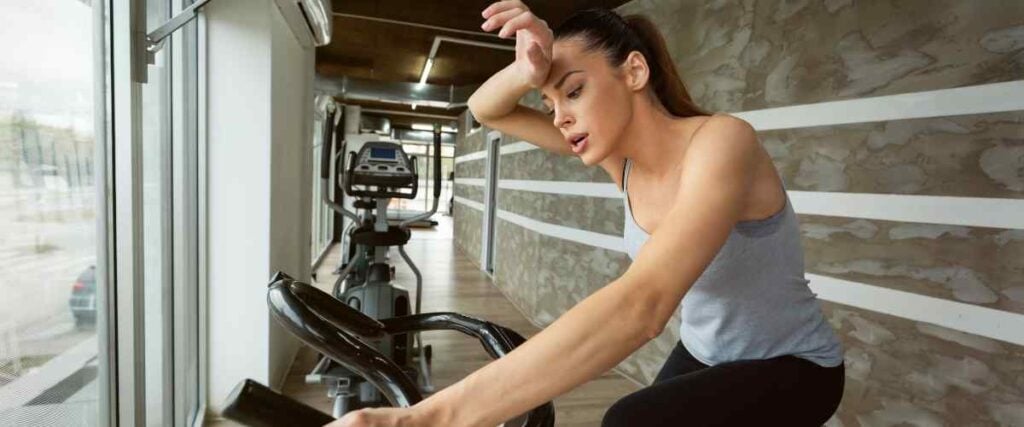
A good cycling cadence will vary from person to person. If you’re new to cycling, rather than comparing yourself to others and improving your best cycling cadence, it’s better to focus on finding the cycling cadence that allows you to be most efficient while you ride.
Many people recommend 90 RPM as a good cycling cadence, but you should take that with a grain of salt. Research indicates cycling at a higher cycling cadence is more efficient, but that’s not a hard and fast rule that applies to all cyclists. For instance, one study showed that after reaching a cycling cadence above 90 RPM, the cycling efficiency of inexperienced riders decreased.1
Although a professional cyclist may be more efficient riding with a cadence of more than 90 RPM, the same isn’t true for an amateur cyclist. Biking at such a high cycling cadence is more likely to strain the cardiovascular system, making it more difficult for novice cyclists and will cause them to fatigue faster.
If you have a muscular build, you might feel more comfortable riding at a lower cycling cadence. On the other hand, leaner cyclists might prefer to pedal faster with less force behind each round.
Since cycling at a higher cycling cadence requires you to be more physically fit (in terms of cardiovascular health), as a beginner, you’re likely to pedal slower and get faster as you get more fit.
What’s a good cycling cadence for me?

There’s no ideal good cycling cadence for everyone. Your physical fitness experience level will affect your cycling cadence goals and abilities. However, you can use these general recommendations as a guide to improve your cycling cadence:
- Beginner cyclists: 50 to 60 RPM
- Intermediate cyclists: 60 to 80 RPM
- Experienced cyclists: 80 to 100 RPM
- Expert cyclists: 110 to 120 RPM
How do I improve cycling cadence with an indoor bike?
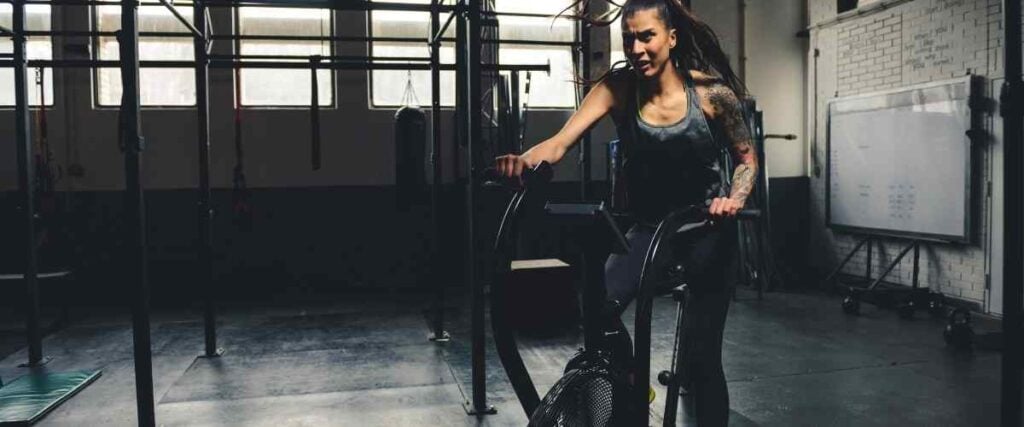
With a geared bike, you can shift as your speed and resistance change to maintain a constant cycling cadence and improve your cycling cadence. If you’re riding a fixed-gear bike (most indoor bikes are fixed-gear), your cycling cadence will increase proportionally with your speed. Essentially, the faster you pedal, the quicker the bike will go.
Even if you’re riding your fixed-gear indoor bike, you can still increase your cycling efficiency at higher cycling cadences with regular practice. Using your cycling cadence sensor, you can measure and improve your cycling cadence by keeping your RPM at a set rate or cycling at high and low cadence intervals.
Here are three different cycling drills you can use to improve your cycling cadence with an indoor bike:
Drill #1:
- Warm up for a few minutes.
- Bike at a steady cadence of 70 to 80 RPM for five minutes.
- Rest for five minutes.
- Repeat at least two times.
Drill #2:
- Warm up for a few minutes.
- Bike for 30 minutes and rotate between cadences from 90 to 120 RPM.
- Maintain each cadence level for at least 30 seconds.
- Take a 15-second break between each rotation.
Drill #3:
- Warm up for a few minutes.
- Spend 90 seconds pedaling your foot forward with your right leg.
- Switch legs and repeat.
Key Takeaways:
Cycling cadence is the speed at which you turn the pedals on your bike, expressed as the number of revolutions per minute (RPM). By improving your cadence, you can ride faster and longer without fatiguing quickly. This takes time and practice, but it’s possible for anyone to achieve!Sources:
- Formenti, F., Dockerill, C., Kankanange, L., Zhang, L., Takaishi, T., & Ishida, K. (2019). The Effect of Pedaling Cadence on Skeletal Muscle Oxygenation During Cycling at Moderate Exercise Intensity. International Journal of Sports Medicine, 40(05), 305–311. https://doi.org/10.1055/a-0835-6286
Photo Sources:
Photo by Intenza Fitness on Unsplash



